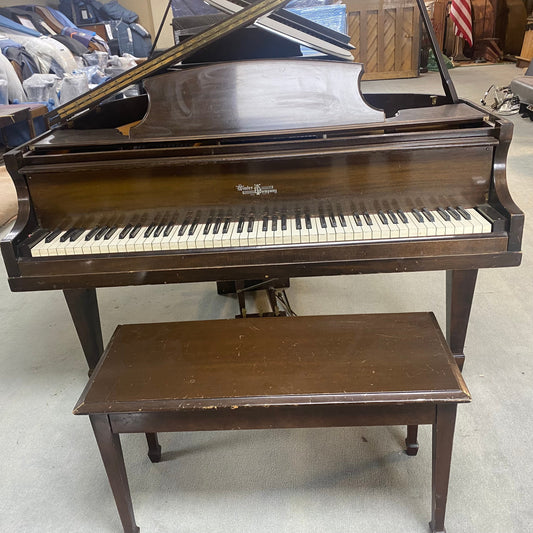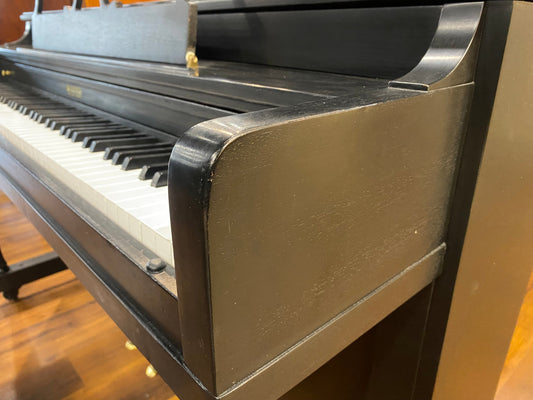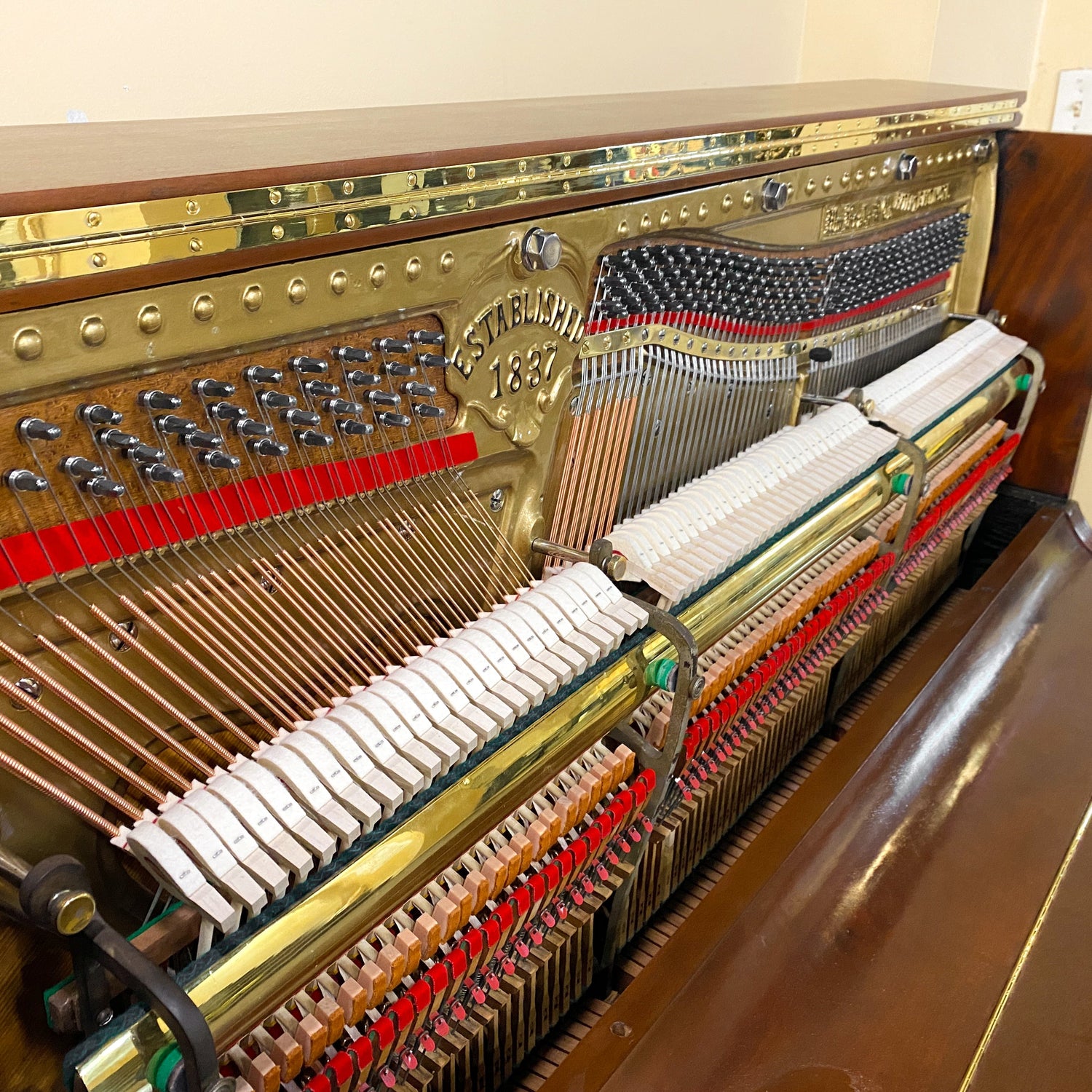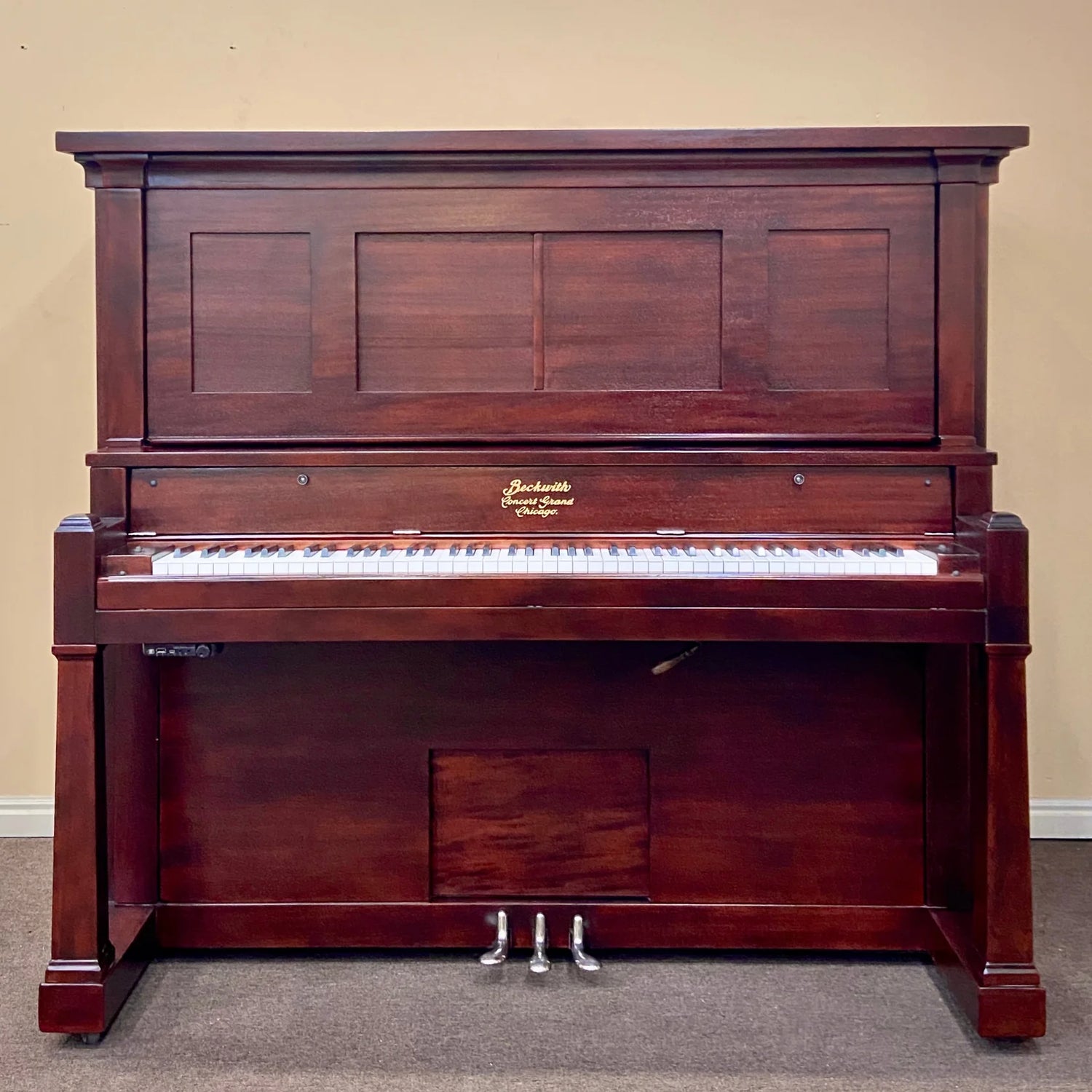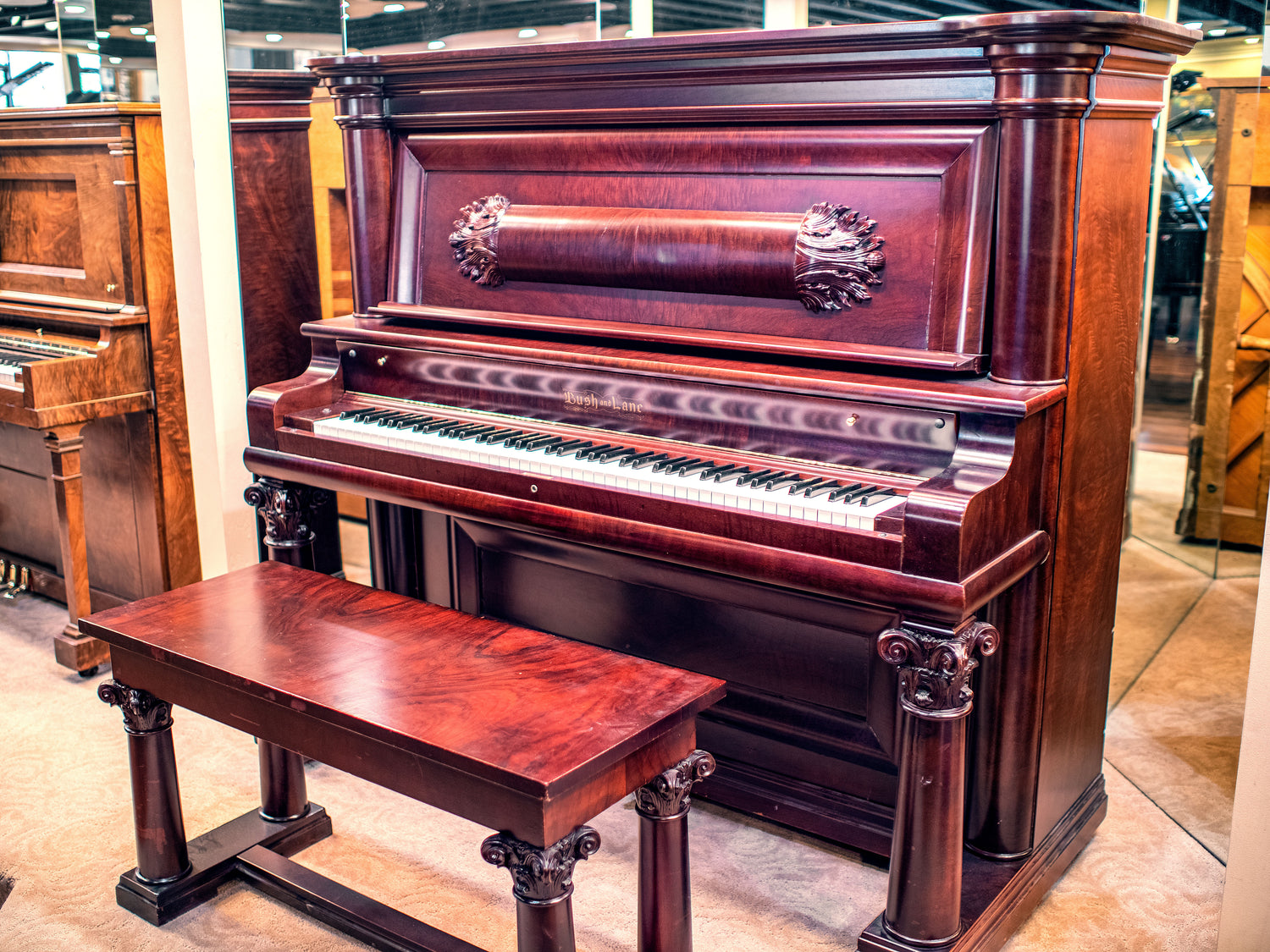Collection: Winter & Company Pianos
Winter & Company, founded in 1899 by Julius Winter in New York City, quickly rose to prominence as one of the largest piano manufacturers of its time. Initially started as Heller & Company by Gottlieb Heller and Henry Heller, the firm was purchased and renamed by Julius Winter in 1901. By 1903, Winter had established a new, state-of-the-art factory on Southern Boulevard in the Bronx, enabling the company to support massive production and become a significant player in the piano industry.
Winter pianos were known for their high-quality craftsmanship and innovative designs. One of their most famous contributions to the piano industry was the introduction of the "Master Player" mechanism in 1904, which allowed their pianos to play music automatically using perforated paper rolls. Another notable model was the Winter Musette, the first spinet-style upright piano built in America around 1931. This design helped revitalize the piano market during the Great Depression by offering a sleek, modern piano that fit well in smaller, contemporary interiors.
\Throughout the 20th century, Winter & Company continued to expand through various acquisitions, including the purchase of several well-known brands like Heller & Co., Ivers & Pond, and Kranich & Bach. In the 1960s, Winter & Company was merged with the Aeolian-American Corporation, further solidifying its presence in the market. The Winter brand continued under Aeolian until the company went out of business in the 1980s.
Today, Winter pianos are valued for their historical significance and the innovations they brought to the piano industry. Collectors and musicians alike appreciate the quality and craftsmanship of these instruments, which continue to be sought after for their rich sound and elegant design.
If you have a family heirloom Winter piano, contact us to schedule a FREE evaluation and explore the possibilities to restore its beauty and performance! Learn more about our Free Family Heirloom Restoration Evaluation.
You can explore a playlist of videos featuring this brand on our Youtube Channel.
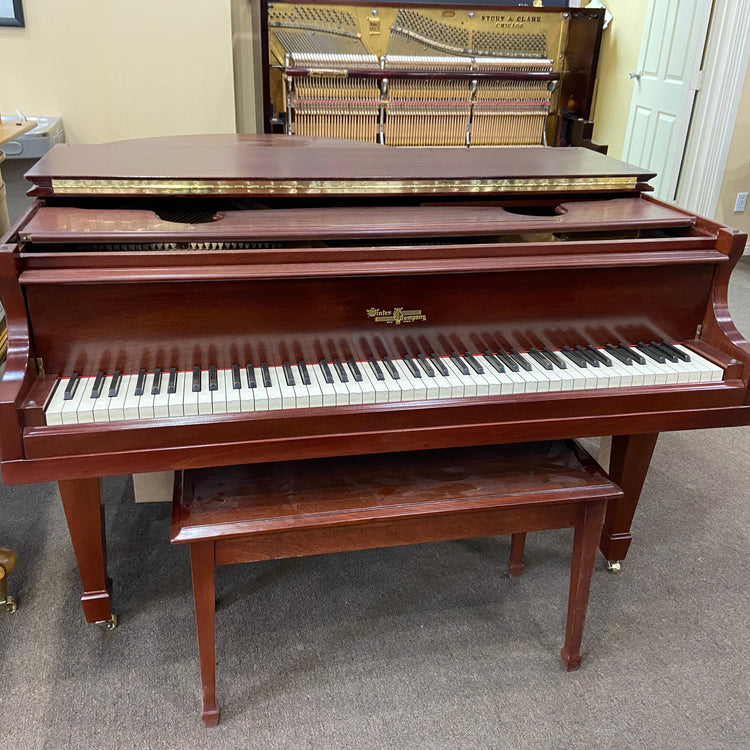
-
HEIRLOOM RESTORATION 1937 Winter Co. Commissioned Grand
Vendor:WinterRegular price $0.00Regular priceItem Price / per$0.00Sale price $0.00 -
HEIRLOOM RESTORATION 4’9” Winter Commissioned Baby Grand
Vendor:WinterRegular price $0.00Regular priceItem Price / per$0.00Sale price $0.00 -
SOLD 1954 Winter Spinet Upright 38"
Vendor:WinterRegular price $0.00Regular priceItem Price / per$0.00Sale price $0.00Sold
DRONE TOUR -- Experience Our 23,500 SF Piano Store & Piano Restoration Shop
Pianos by Brand (A-Z)
View all-
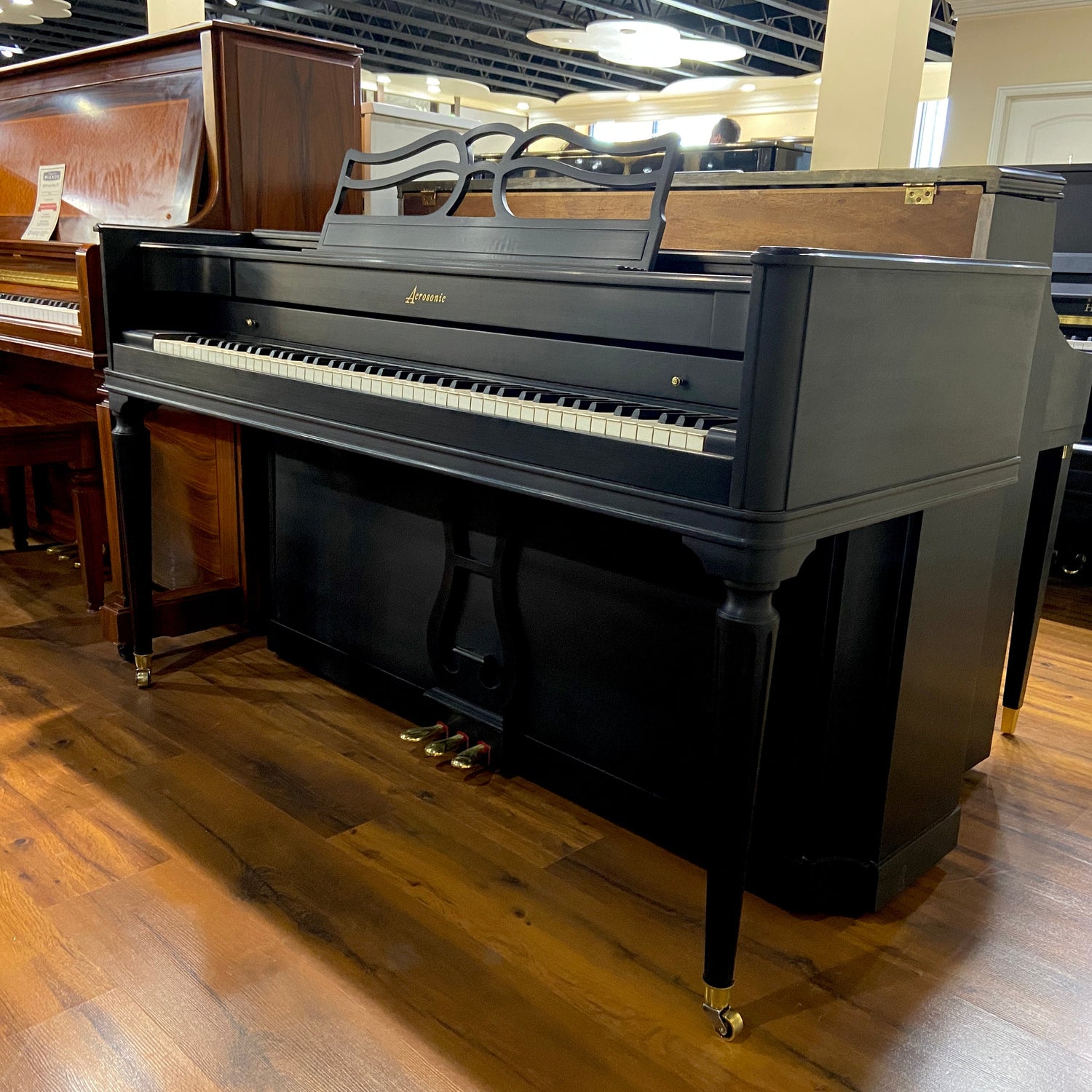
Acrosonic Pianos | Explore New and Restored pianos
Acrosonic pianos, produced by the Baldwin Piano Company, were first...
-
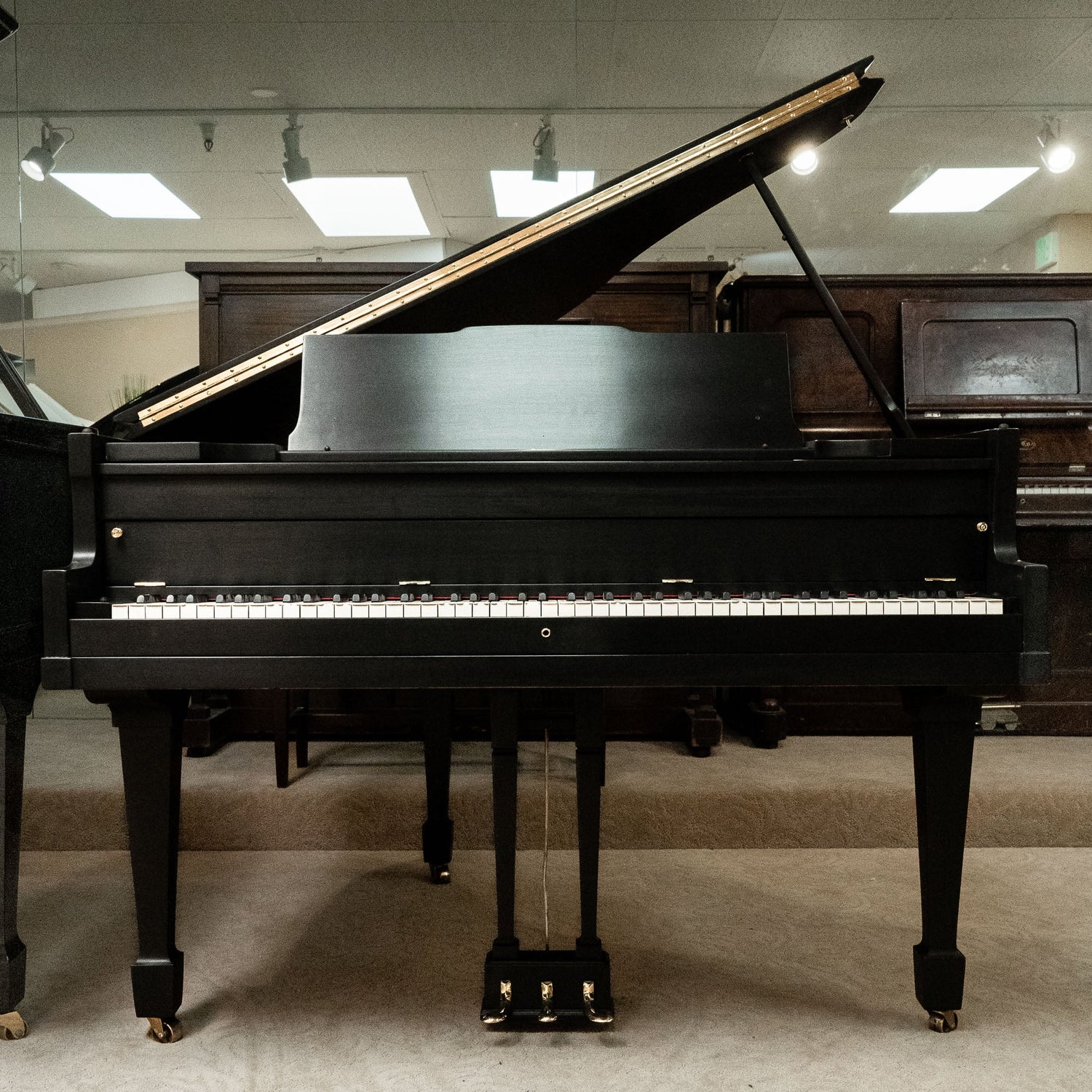
Aeolian Pianos
Founded in 1887 by William B. Tremaine, the Aeolian Company quickly established...
-
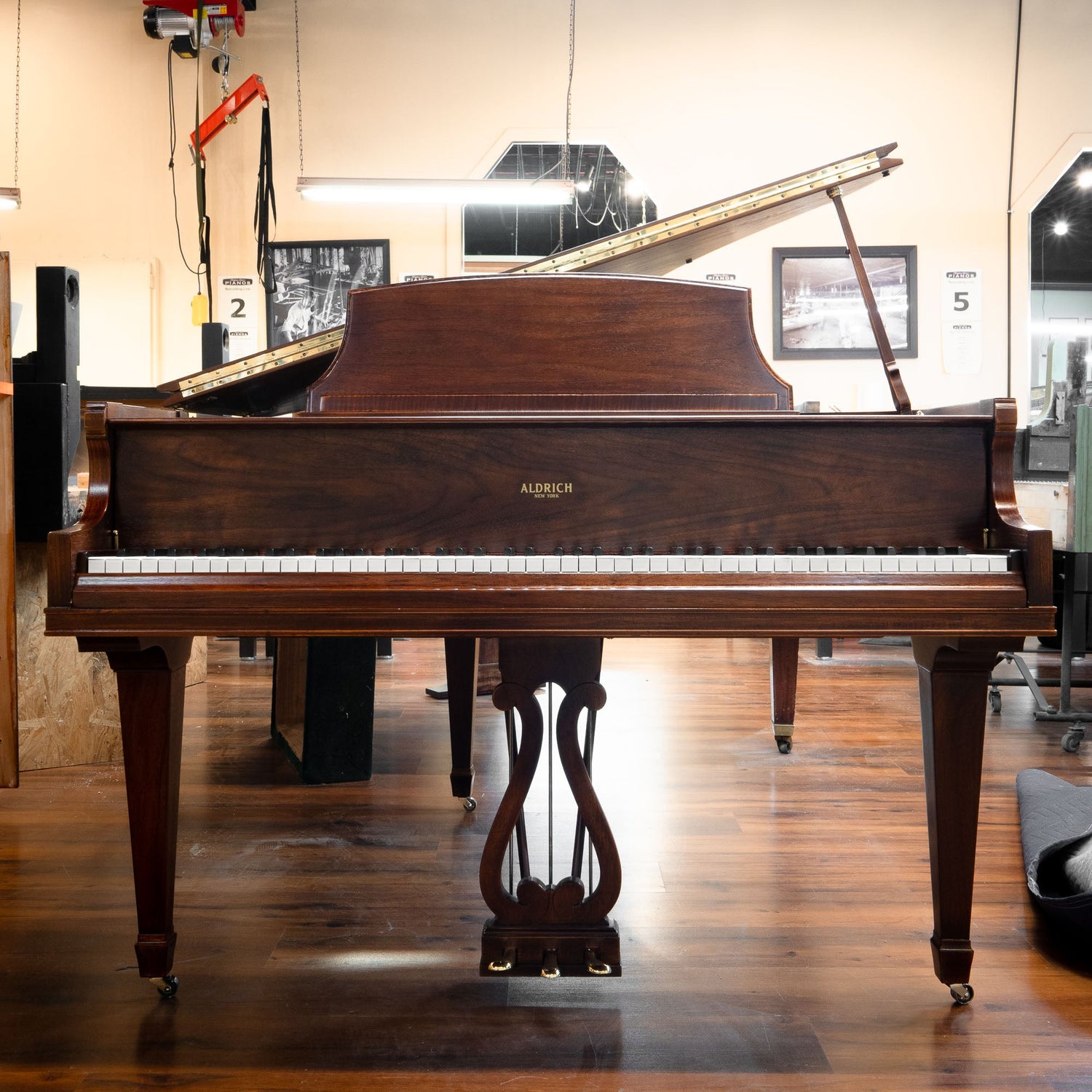
Aldrich Pianos
Aldrich pianos are considered to be a lesser-known type of piano manufactured...
-
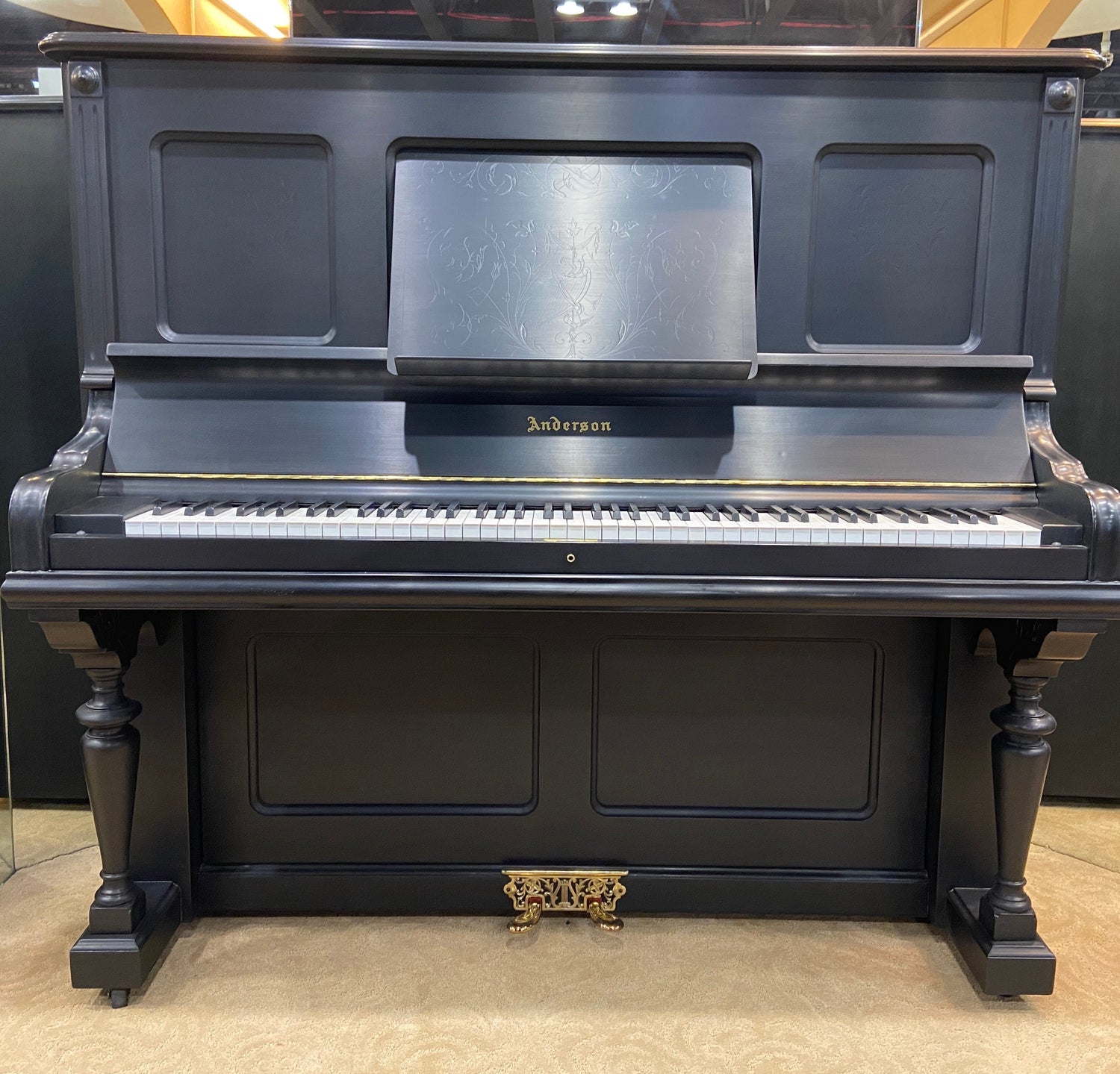
Anderson Pianos
Anderson pianos, established in the early 20th century by the Anderson family,...
-
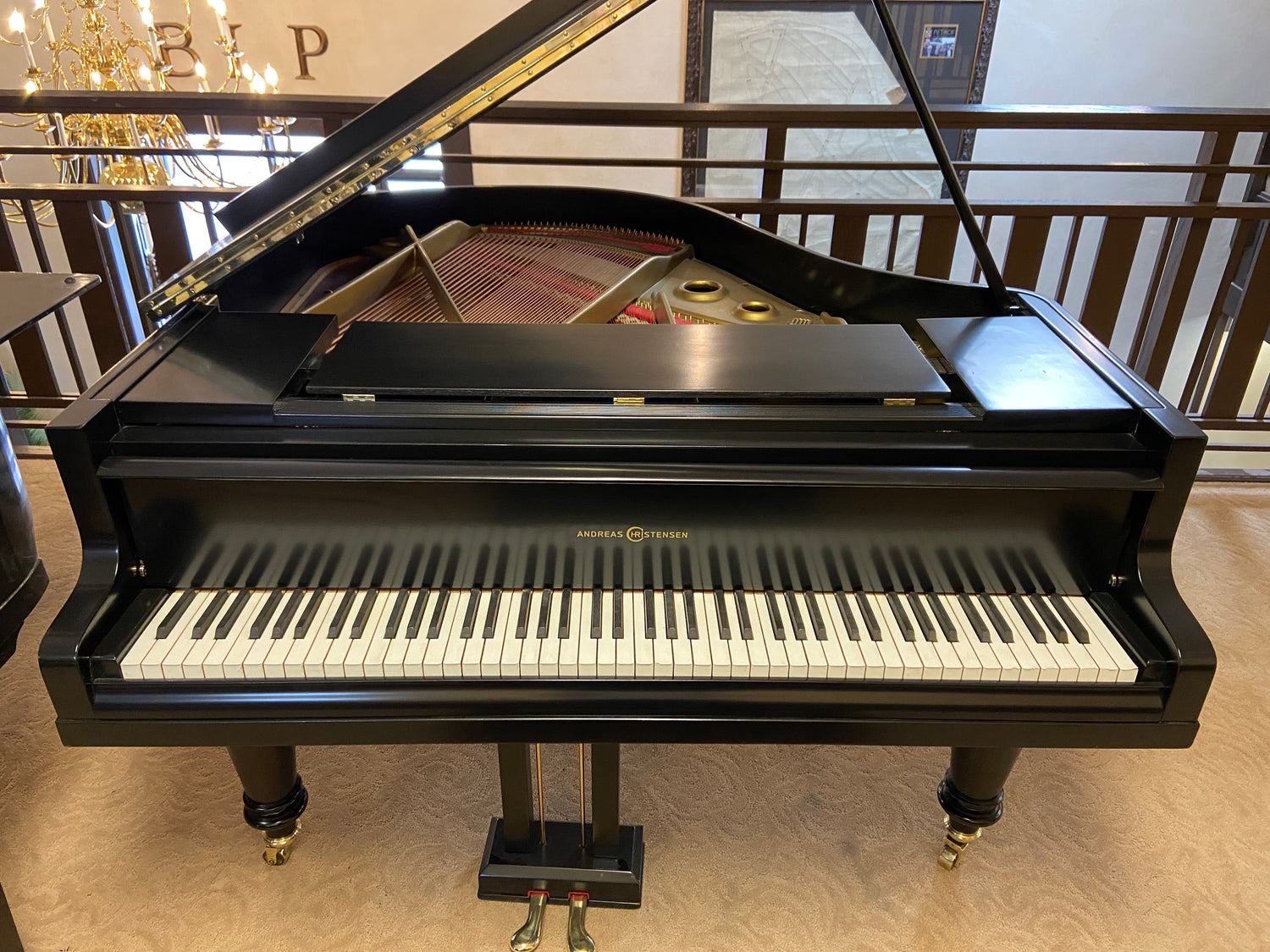
Andreas Christensen Pianos
Founded in 1912 in Copenhagen, Denmark, Andreas Christensen pianos are renowned for...
-
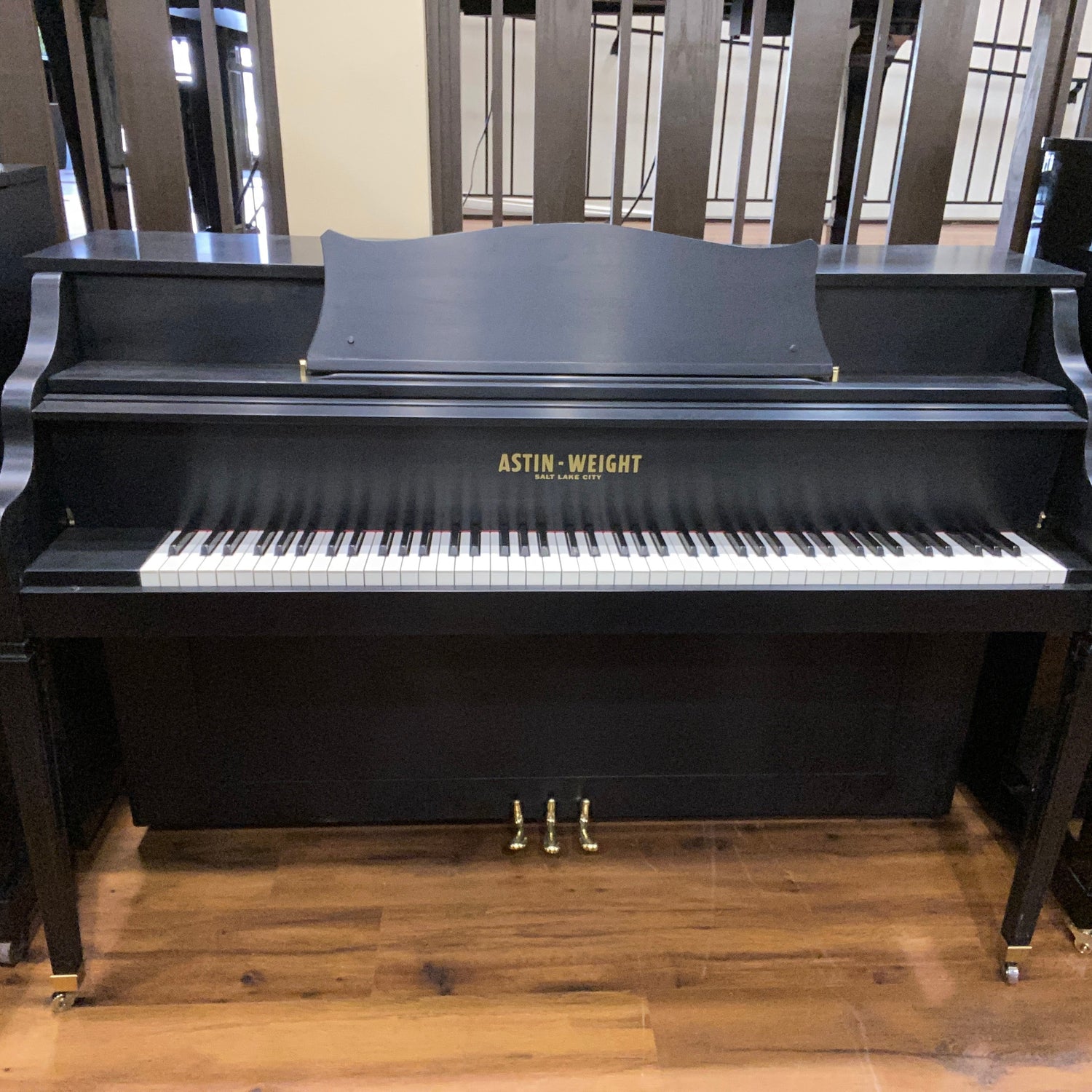
Astin Weight Pianos
Astin Weight pianos, founded in 1958 in Salt Lake City, Utah, are...
-
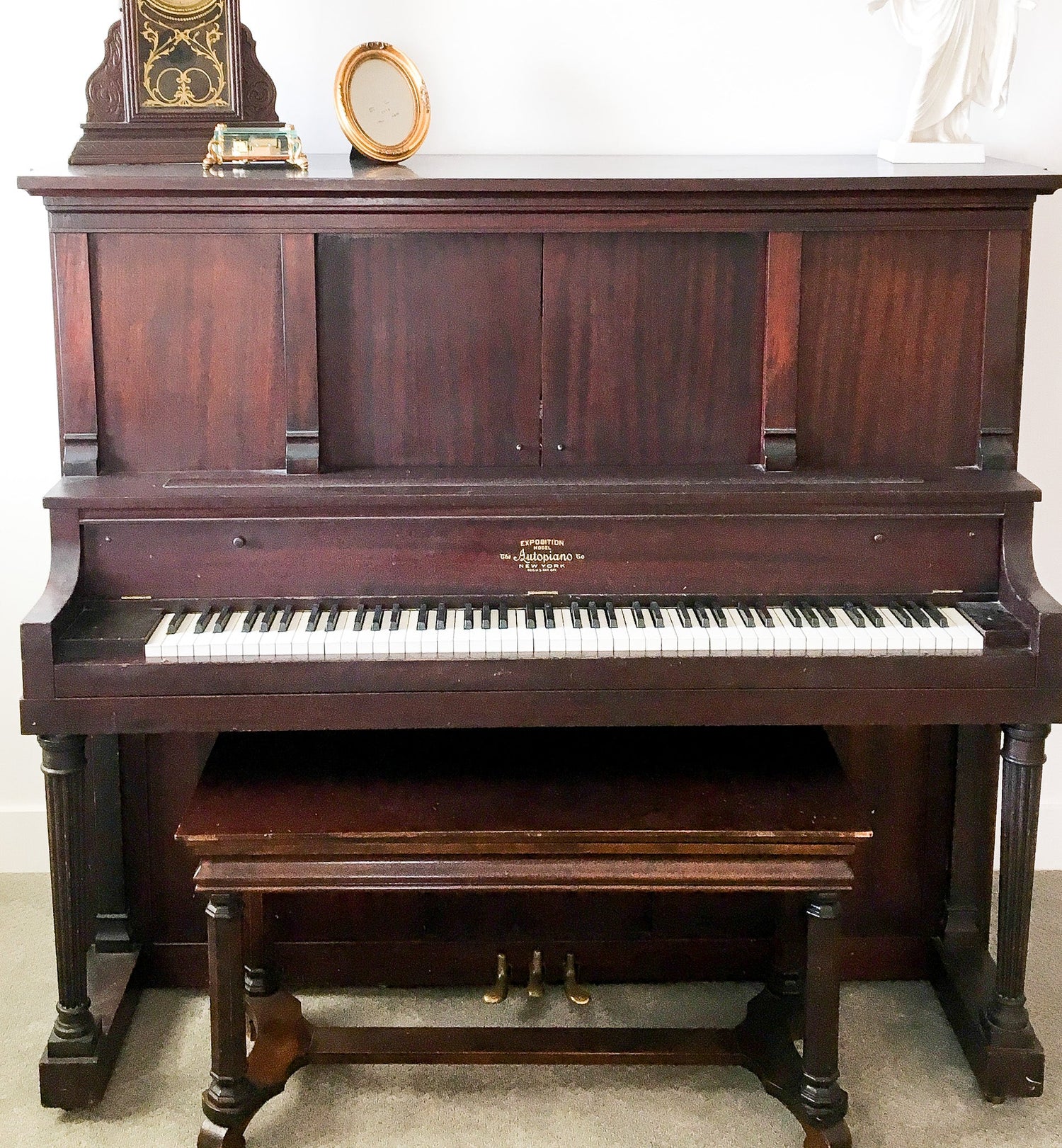
Autopianos
Established in New York in 1903, The Autopiano Company quickly gained prominence...
-
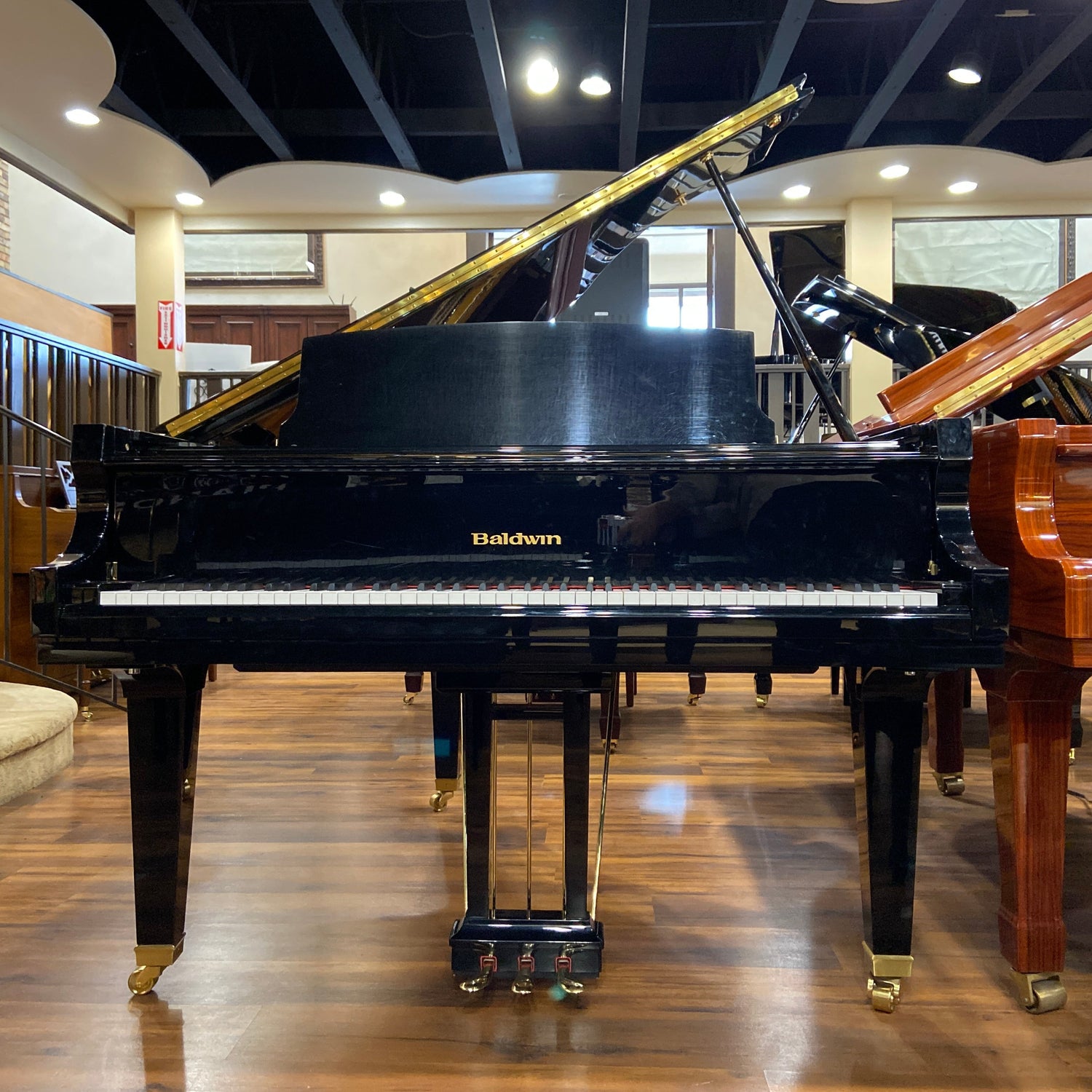
Baldwin Pianos
Baldwin pianos have a rich history that spans over a century, with...
-
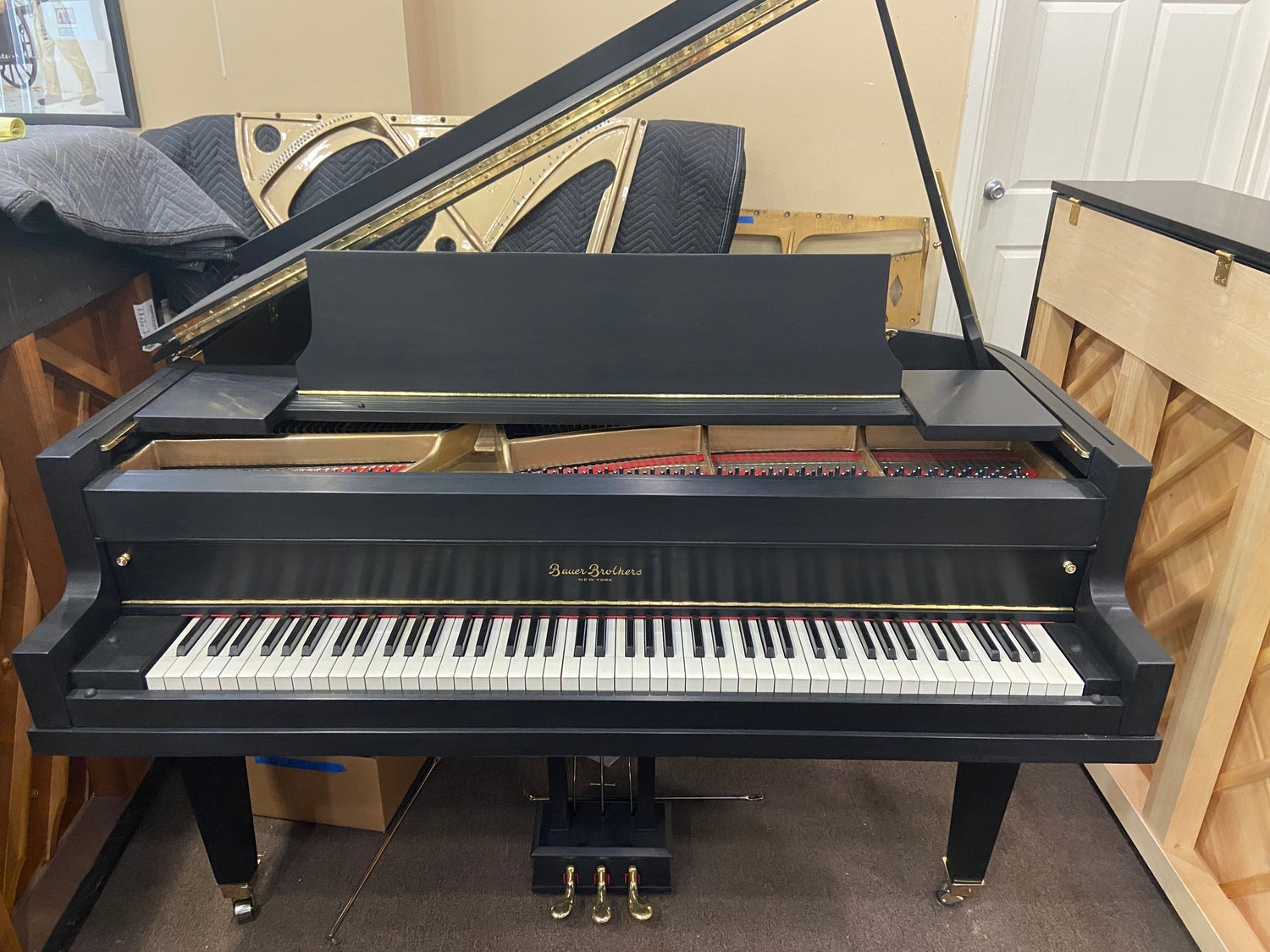
Bauer Brothers Pianos
The Julius Bauer Piano Company was established in 1857 in Chicago by...
-
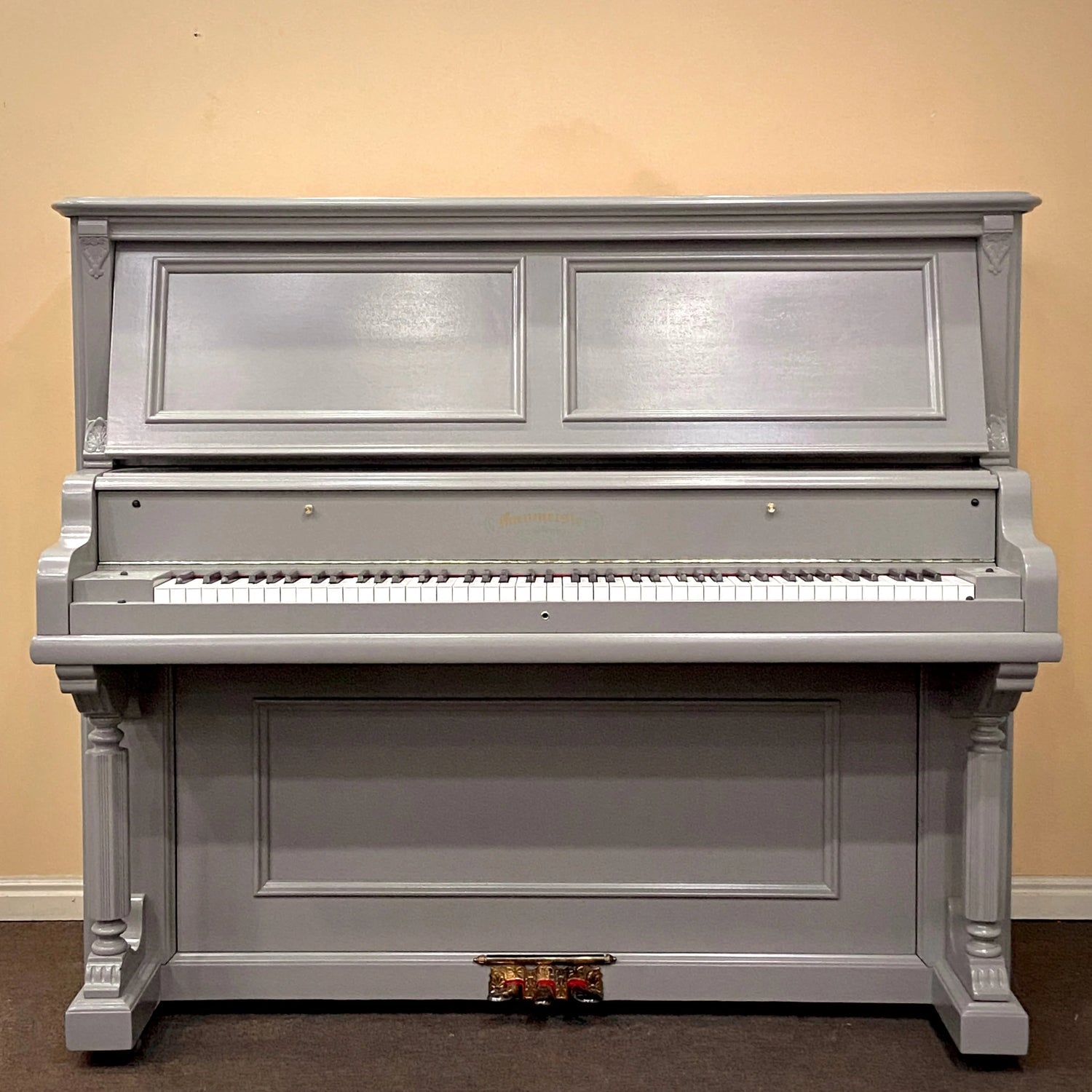
Baumeister Pianos
Baumeister pianos are a notable name in the world of musical instruments,...
-
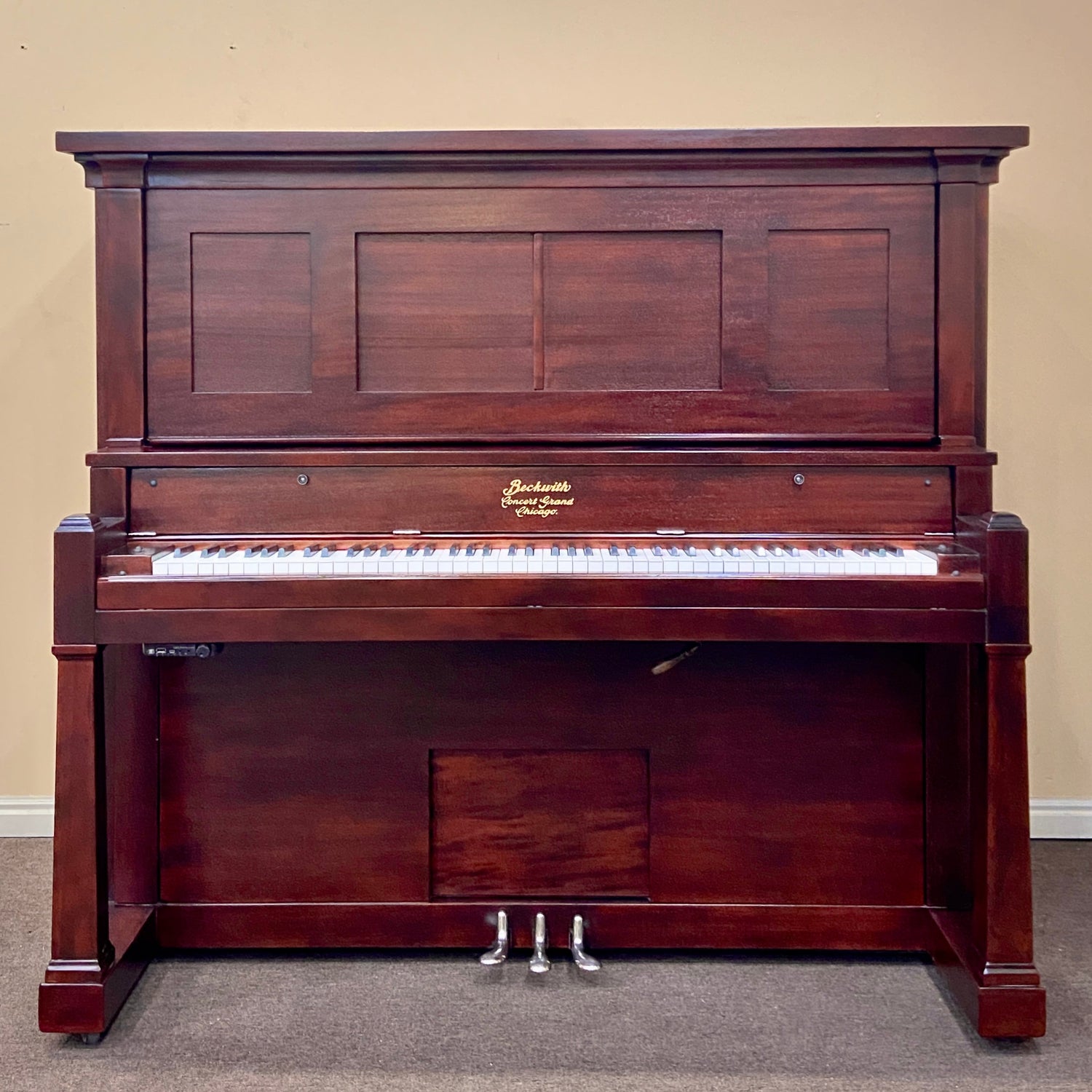
Beckwith Pianos
Beckwith pianos, established by Sears Roebuck & Company in the late 19th...
-
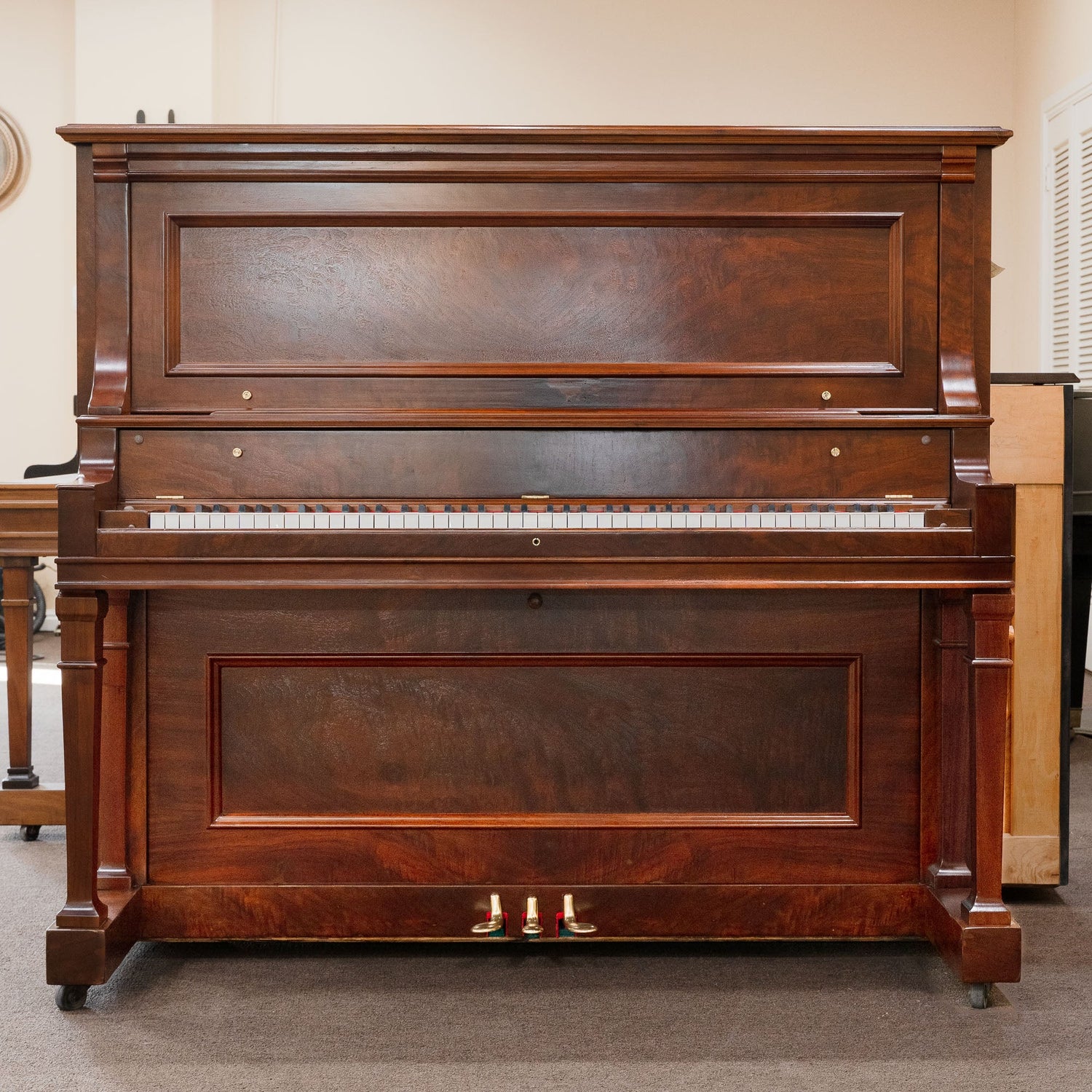
Behr Bros Pianos
Behr Bros Pianos, established in 1881 by Henry and Edward Behr in...
-
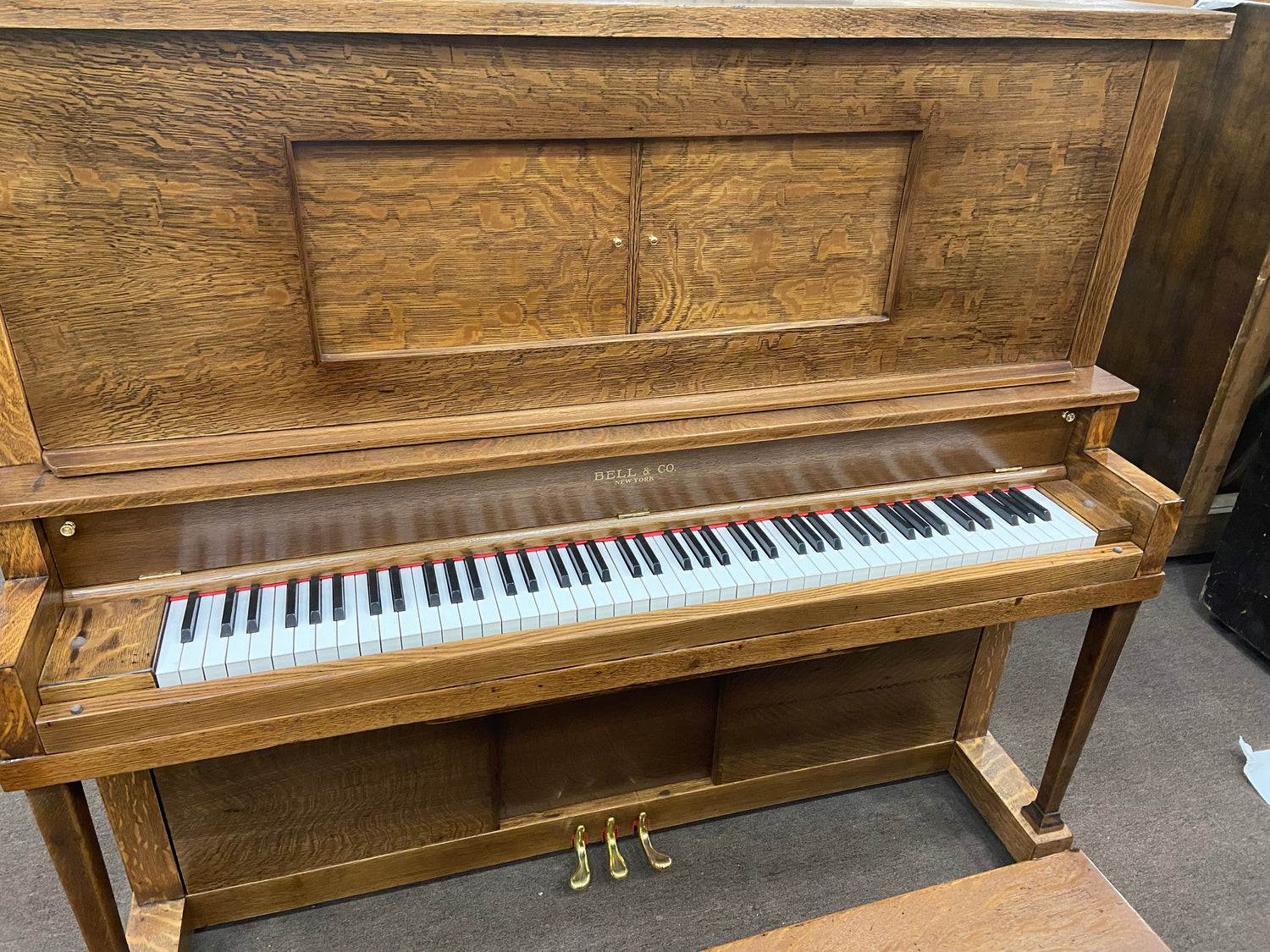
Bell Co Pianos
Bell Co Pianos, founded in 1864 by brothers William and Robert Bell...
-
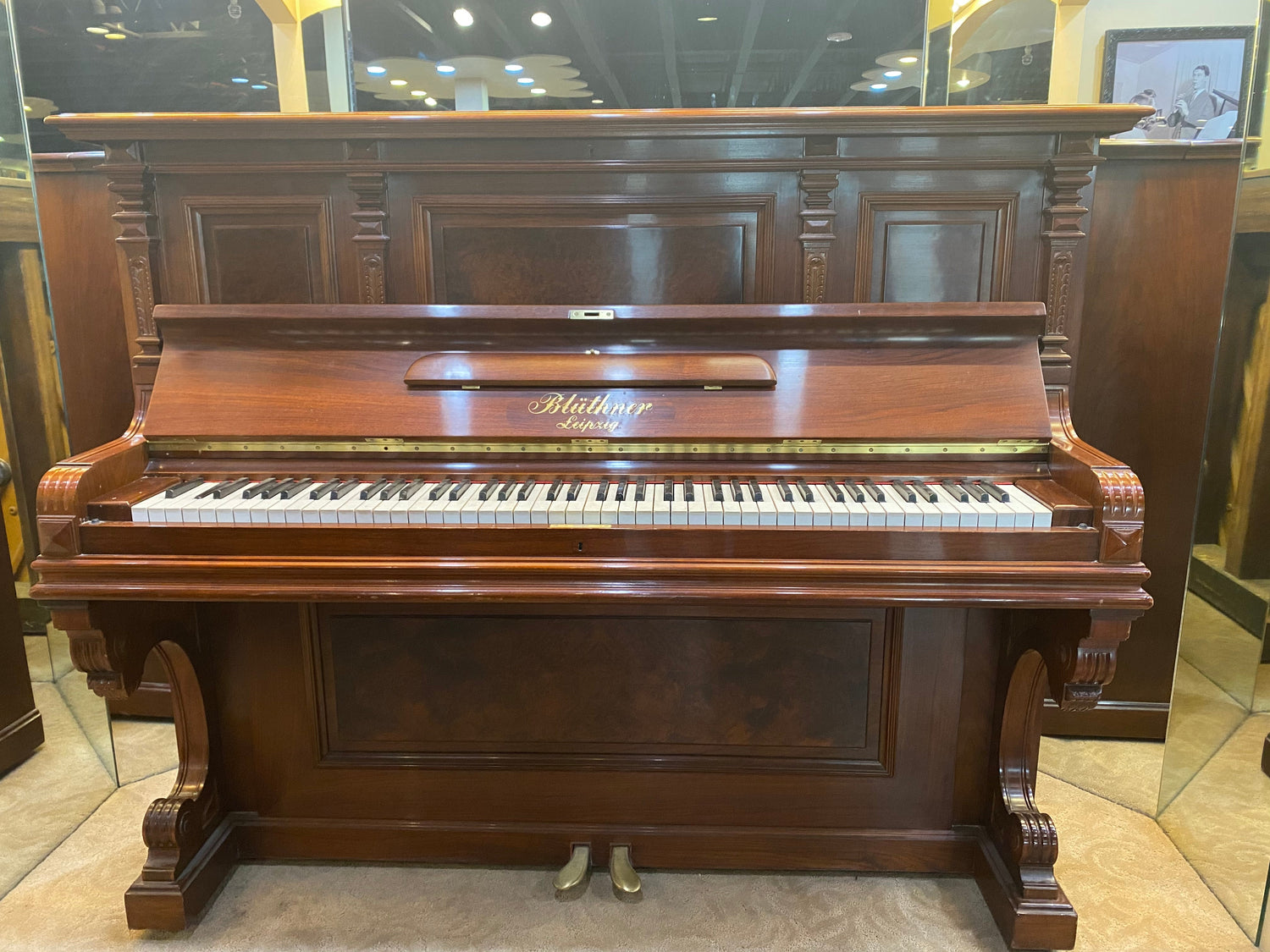
Bluthner Pianos
Blüthner pianos, established in 1853 by Julius Blüthner in Leipzig, Germany, are...
-
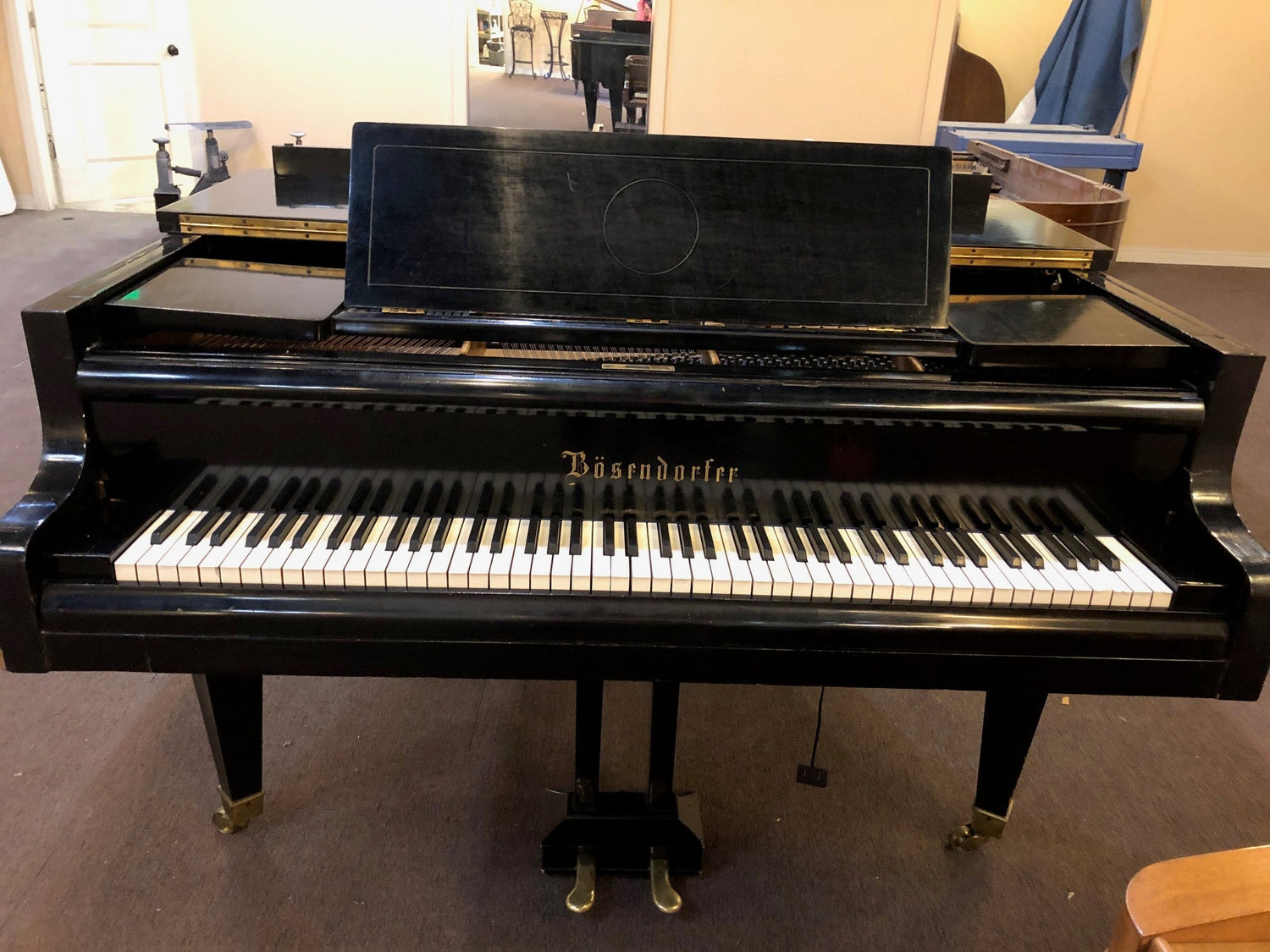
Bosendorfer Pianos
Bösendorfer pianos, originating from Vienna, Austria, were founded in 1828 by Ignaz Bösendorfer....
Piano Collections
View all-
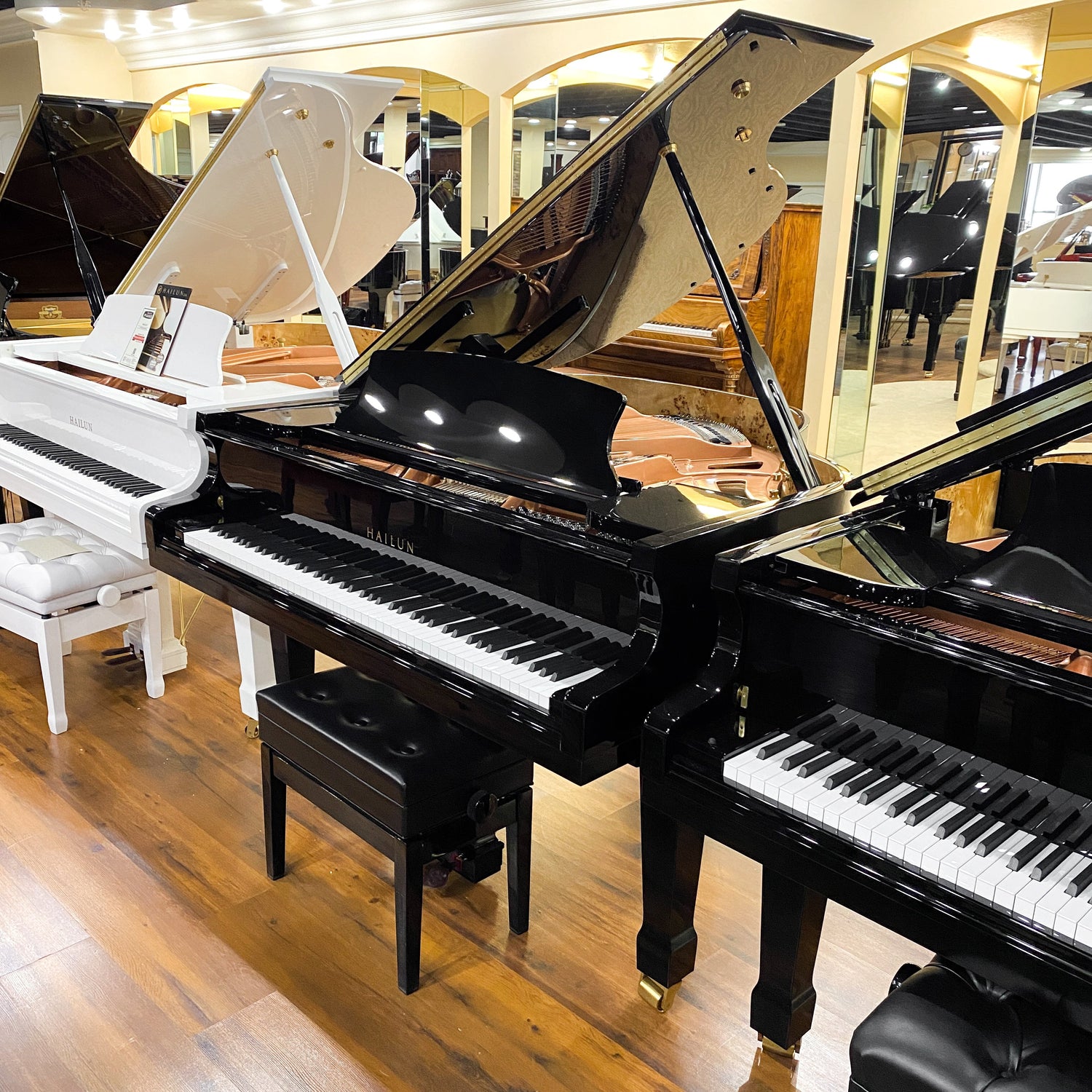
New Pianos
Buying a new piano offers several advantages, including quality assurance, warranties,...
-
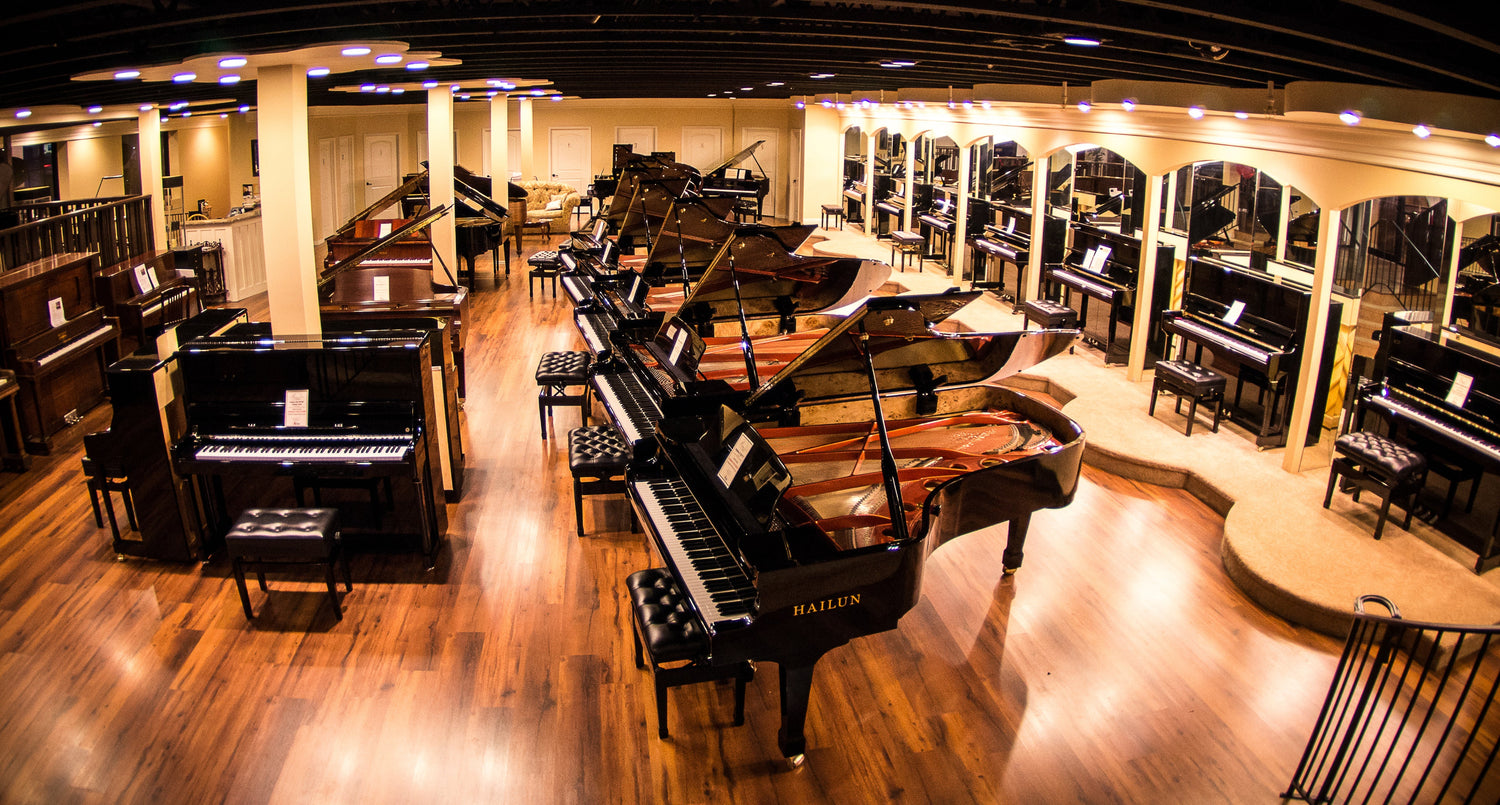
ALL Grand Pianos
Grand pianos are among the most prestigious and iconic musical instruments, known...
-
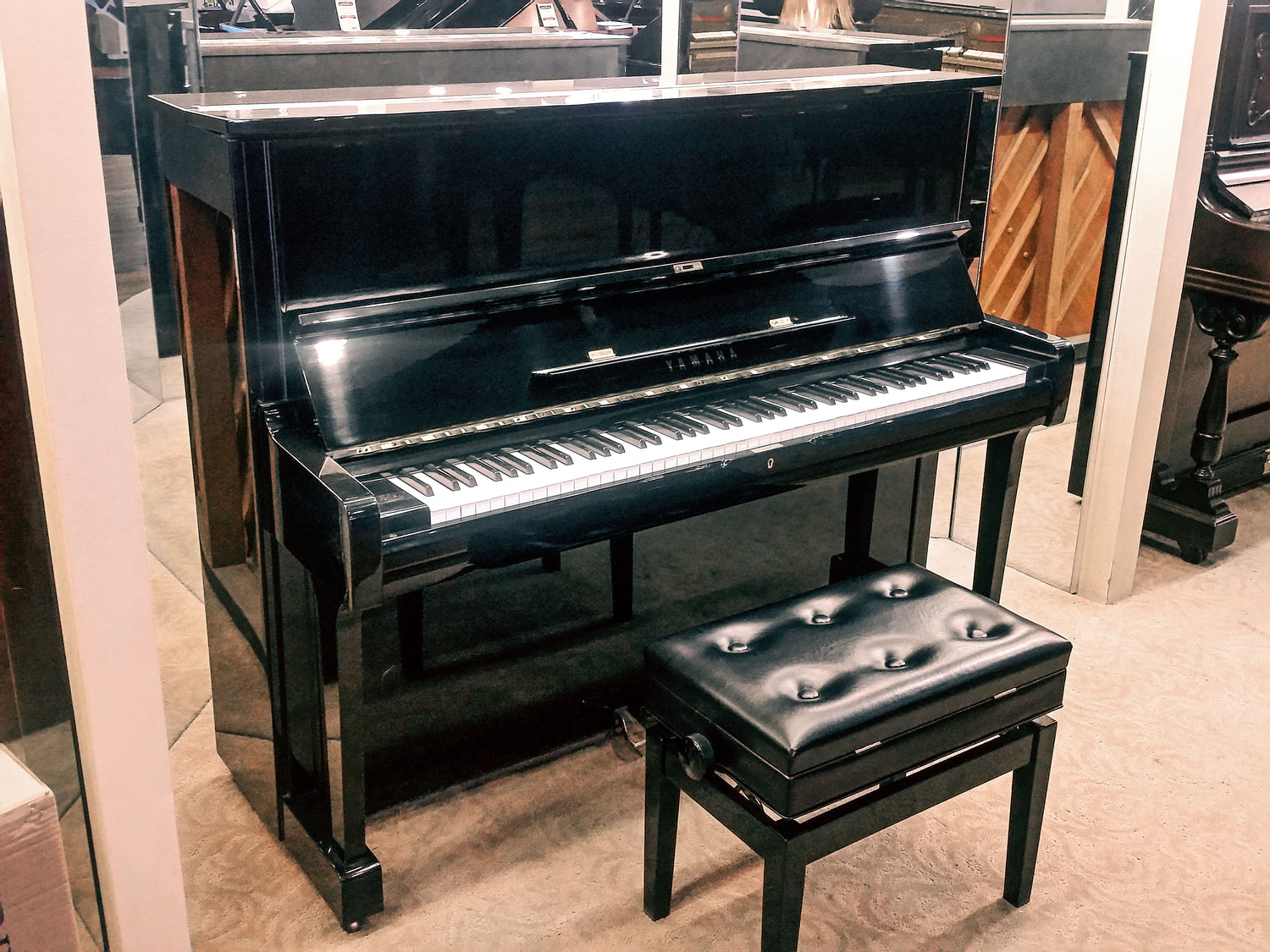
ALL Upright Pianos
Upright pianos come in various sizes, with heights ranging from about 36...
-
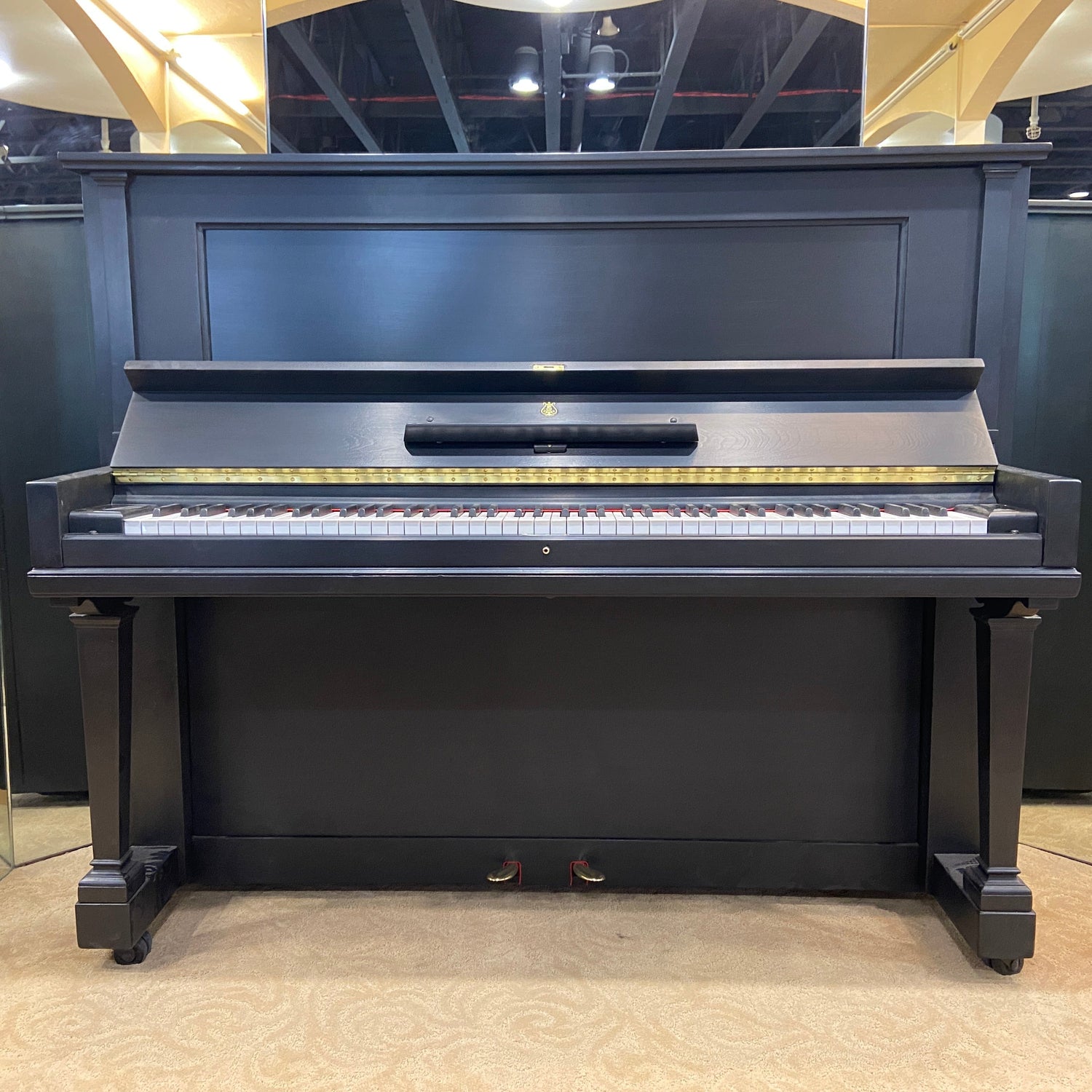
Restored Pianos
Restored pianos are musical instruments that have undergone a thourough process of...
-
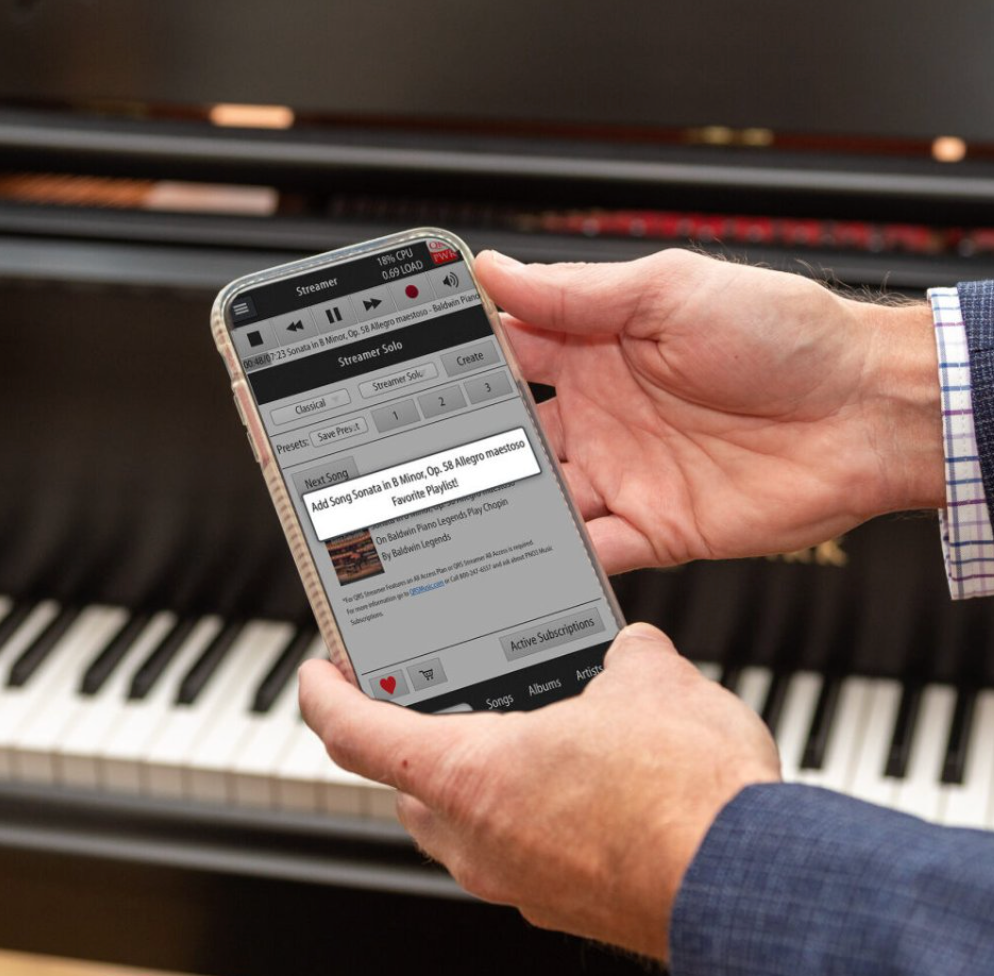
Player Pianos
Player pianos, also known as reproducing pianos, are a type of piano...
-
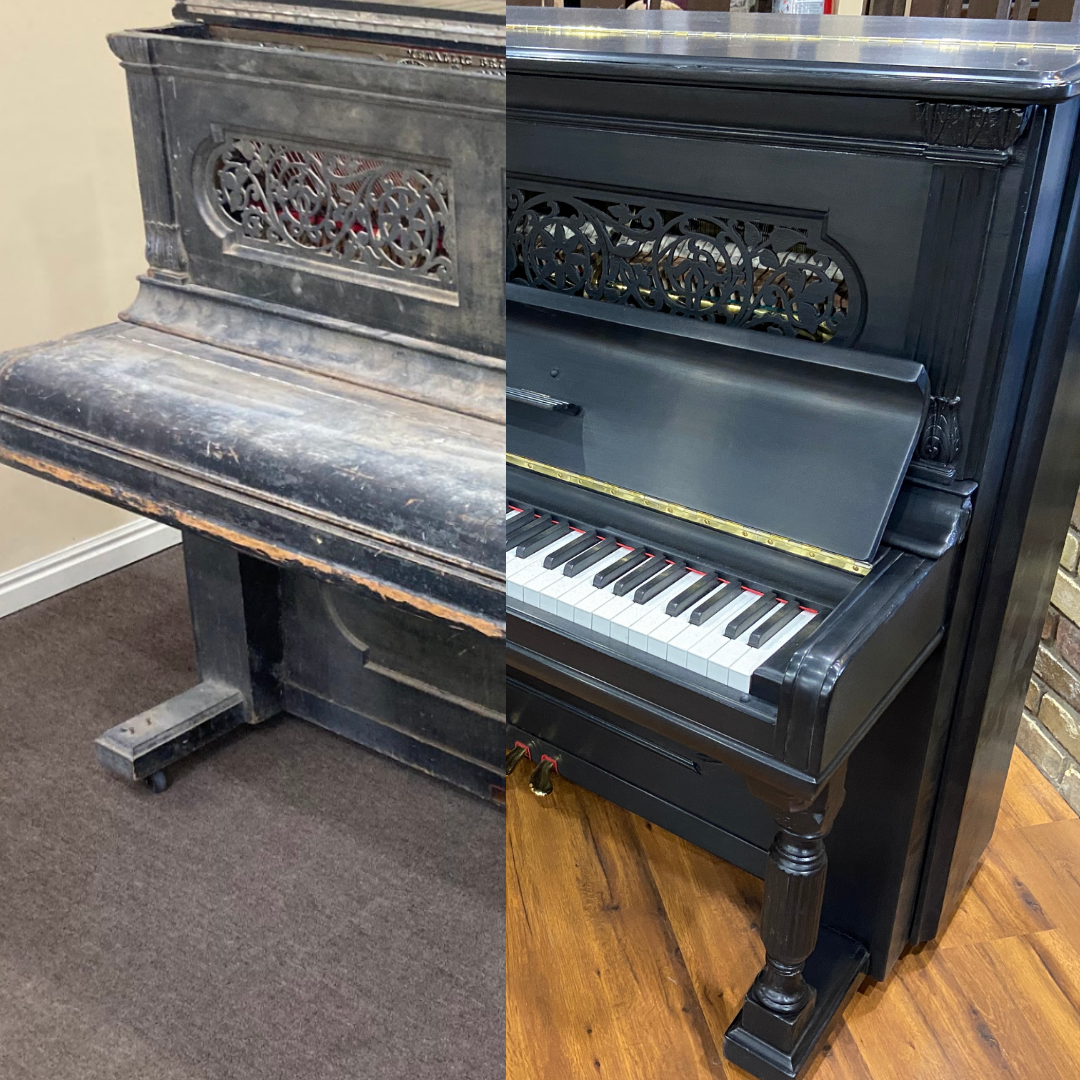
Before & After Transformations
A "before and after" transformation of a piano refers to the process...
-
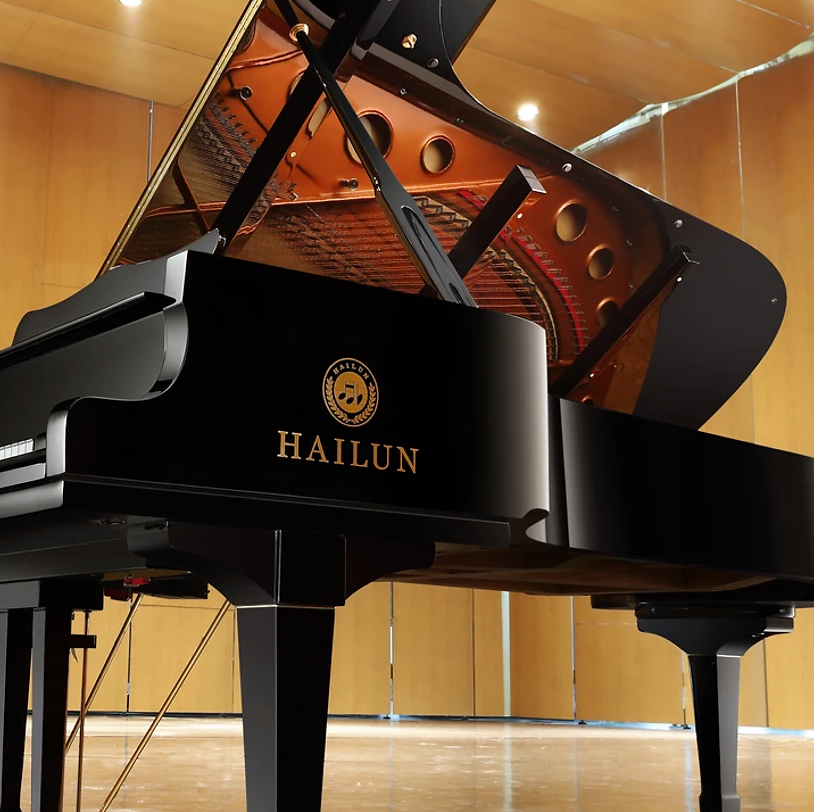
Hailun Pianos
LEARN ABOUT HAILUN PLEASE CALL OR VISIT OUR SHOWROOM FOR PRICING -...
Shop Pianos By Size
View all-

ALL Grand Pianos
Grand pianos are among the most prestigious and iconic musical instruments, known...
-

Concert Grands 9'+
A concert grand piano is the largest and most prestigious type of...
-

Baby Grands 4'5"-5'2"
A baby grand piano is a smaller version of the grand piano,...
-

ALL Upright Pianos
Upright pianos come in various sizes, with heights ranging from about 36...
-

Studio Pianos 45"-47"
Stuido pianos range from 45-47 inches in height.
-

Console Pianos 41"-44"
Console pianos are upright pianos designed for home use, offering a more...
-

Spinet Pianos 36"-40"
Spinet pianos are the smallest of the upright piano, typically standing at...
Experience our Passion, Shop Talk & Piano Stories... BRIGHAM'S PIANO RESTORATION BLOG
View all-

Donny Osmond Custom Digital Conversion Project—...
Every so often, a project comes through the shop that perfectly blends craftsmanship, innovation, and a little bit of show business. This Yamaha C7 project for Donny Osmond is...
Donny Osmond Custom Digital Conversion Project—...
Every so often, a project comes through the shop that perfectly blends craftsmanship, innovation, and a little bit of show business. This Yamaha C7 project for Donny Osmond is...
-

CNC Piano Restoration: Crafting New Brass Rails...
I want to take you behind the scenes of one of the most fascinating projects we do here at Brigham Larson Pianos — using CNC precision machining to rebuild brass...
CNC Piano Restoration: Crafting New Brass Rails...
I want to take you behind the scenes of one of the most fascinating projects we do here at Brigham Larson Pianos — using CNC precision machining to rebuild brass...
-
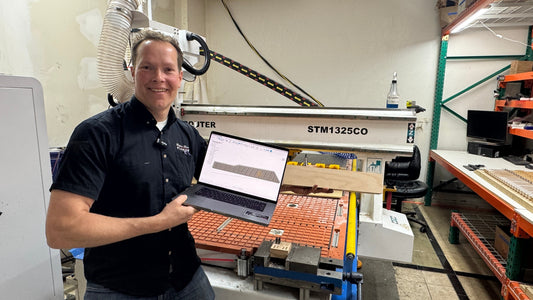
Precision Piano CNC Restoration – Blending Mode...
CNC Piano Restoration: Precision Pinblock Replacement – Part 1 When replacing a pinblock in an upright piano, I often find it is one of the most challenging jobs in...
Precision Piano CNC Restoration – Blending Mode...
CNC Piano Restoration: Precision Pinblock Replacement – Part 1 When replacing a pinblock in an upright piano, I often find it is one of the most challenging jobs in...



